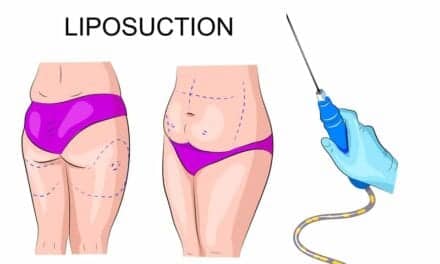Discussion in American popular culture about plastic surgery has long been focused on upper body procedures, but the fastest-growing procedures focus on the lower body, including both surgical and minimally-invasive procedures.
In 2016, 1,780,987 surgical cosmetic surgeries were performed in the U.S., a four percent increase from the previous year, according to the American Society of Plastic Surgeons (ASPS). Breast augmentation, eyelid surgery, facelifts, liposuction and nose reshaping still make up most of the surgical cosmetic operations.
But none of those was among the five fastest-growing surgical cosmetic operations during 2016: lip reduction, up 283 percent; labiaplasty, up 39 percent; lower body lift, up 34 percent; buttock augmentation with fat grafting, up 26 percent; and pectoral implants, up 25 percent.
Buttock surgeries were the fastest-growing procedures from 2013 to 2014 and have continued to be among the most popular. More than 25,000 buttock implant and lift surgeries were performed during 2016.
The specific techniques used in these surgeries are also believed to impact the trends within the industry. Fat grafting procedures, for example, have been increasing throughout the last few years.
“Plastic surgeons harvest a patient’s unwanted fat from their abdomen using liposuction and then inject it to lift and rejuvenate other areas, such as the face, buttock and even the breast,” said American Society of Plastic Surgeons president Dr. Debra Johnson in a press release.
The results of the procedures are supposed to last longer because it is the patient’s own fat.
Minimally invasive procedures have similarly seen trends shift down the body during 2016, with a greater focus on reducing fat through injection lipolysis, up 18 percent; fat reduction, up 13 percent; and non-invasive fat reduction, up 5 percent.
Nearly all of the five most common minimally invasive cosmetic procedures increased over the last year, unlike the surgical cosmetic operations.



